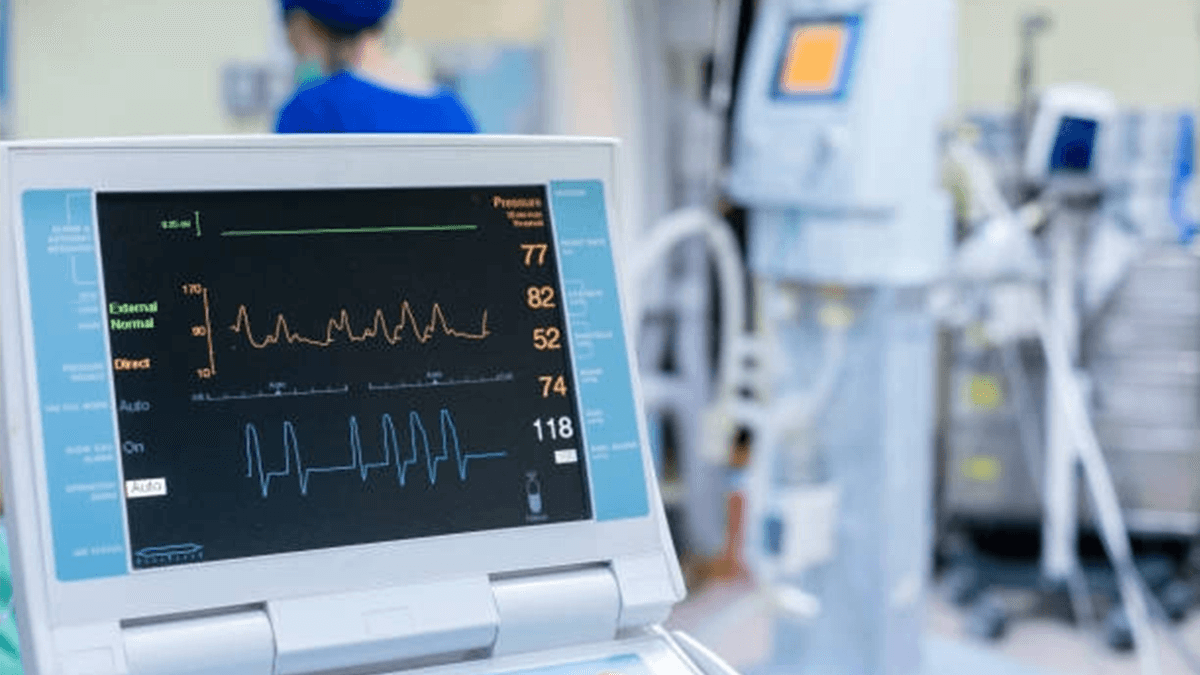Healthcare Cybersecurity Challenges: How Traditional IT Practices Fall Short

With cybersecurity threats on the rise, healthcare organizations are especially vulnerable. A 2022 study by IBM Security found that healthcare data breaches now cost $10.1 million per incident on average. This is significantly higher than the average including other industries, which was $4.35 million. The researchers also determined that healthcare organizations had the longest breach cycle of any industry, taking almost 11 months to find and neutralize a breach.
The statistics point to a critical discrepancy between healthcare networks and typical IT setups regarding cybersecurity. Traditional security solutions, such as firewalls and antivirus software, often must catch up in this sensitive environment. To protect patient data and safety, hospitals and other healthcare facilities need robust solutions to address their specific needs effectively.
In this blog, we will discuss those needs in detail, exploring the cybersecurity challenges of healthcare organizations and outlining strategies to help keep their data safe.
The Unique Challenges of Healthcare Cybersecurity
Healthcare organizations face unique cybersecurity challenges, including:
Large volume of connected devices
A healthcare facility may have hundreds or thousands of networked medical devices running at any time. These machines range from MRI scanners to ventilators and can be highly vulnerable to attack.
While traditional IT security solutions can often protect desktops and laptops, they aren’t always effective against older medical devices that may not have been designed with cybersecurity in mind.
Poor manufacturer support
Medical device manufacturers (MDMs) often fail to provide adequate security patches or updates, leaving healthcare facilities with outdated machines that remain vulnerable to attack. Installing a patch without MDM support could void the device’s warranty.
Expensive and difficult to replace vulnerable devices
The cost of replacing a medical device can be prohibitively high. Furthermore, due to a medical device’s sophisticated nature, finding a suitable replacement can often be difficult and time-consuming.
Criticality of patient care
Healthcare networks must remain completely stable for patient care to proceed without interruption. Any disruption to service could have potentially deadly consequences. A healthcare IT solution must be able to detect and prevent cyberattacks and respond quickly and effectively.
In February 2022, hackers infiltrated Florida’s Tallahassee Memorial HealthCare. The 772-bed system was forced to temporarily divert emergency room patients and cancel elective and non-emergency surgeries.
The Limitations of Traditional Cybersecurity Solutions
Traditional cybersecurity solutions are designed for standard IT networks rather than the specialized needs of healthcare facilities. Firewalls and antivirus software, in particular, can be ineffective against modern threats.
For example, hackers can bypass firewalls by employing phishing attacks or malware payloads that exploit unpatched vulnerabilities. Antivirus software is only effective against recognized threats and may not detect novel variants as they emerge.
Moreover, traditional security systems cannot detect or mitigate device-level vulnerabilities. Hospitals get the most out of their medical devices when they communicate over a network, to maximize availability and patient care. In some networks, a single device vulnerability can affect an entire network of machines and create widespread damage.
MEDNAX, a healthcare administration and revenue management firm suffered a data breach in late 2020 that affected 1.2 million patients. Hackers gained access when employees responded to phishing emails. The attack could have been prevented with encryption and more robust authentication protocols in place.
Finally, traditional cybersecurity solutions can be labor-intensive and time-consuming to implement. As healthcare organizations continue to increase the number of devices they manage, IT teams must be able to scale their security accordingly.
Building an Effective IoMT Security Strategy
Healthcare IT professionals must take a proactive approach to IoMT security and vulnerability management. There are three fundamental tenets to consider before implementing a comprehensive strategy:
Pick your battles
Focus on the most critical medical devices first rather than trying to secure every device in your network. This intentionality helps ensure that your IT efforts don’t disrupt vital patient care. The vast majority of device vulnerabilities pose minimal actual risk. By focusing on the most severe threats, you can maximize the efficacy of your team. A vulnerability discovered in the wild may not be an actual risk, in the context of a given hospital’s compensating security controls.
Introduce security at adoption
Healthcare IT leaders should conduct thorough risk assessments before introducing new technology and ensure their network can adequately handle the additional load. The selected devices need to be compliant with regulatory requirements. Software that models risk in the pre-procurement stage can be very helpful.
A device may be a security risk yet still be deemed medically necessary. In this case, IT leaders should supplement the device protections with additional security measures as needed.
Form collaborative teams of experts
Device-level cybersecurity can be complex and challenging to manage. Your team should comprise diverse stakeholders, including IT personnel, engineers (often biomedical engineers), and clinicians. The multidisciplinary approach allows for meaningful conversation around security planning and implementation across levels of expertise.
Asimily: Enabling the Future of Healthcare
Asimily is an industry-leading IoT and IoMT security platform that helps healthcare organizations protect and manage their connected medical devices. The platform uses AI and machine learning to discover, inventory, and continuously monitor all connected devices. It can detect and automatically respond to threats in real-time, saving your IT team time and resources.
The Asimily platform is designed with healthcare organizations in mind. Its features include:
- An up-to-date inventory of all connected devices,
- AI and machine learning to provide solutions for thousands of devices and vulnerabilities;
- Continuous monitoring and compliance reporting,
- Comprehensive audit logs to trace user activity,
- Modeling risk – including the best practices of fellow device owners – prior to deployment
Healthcare organizations must adopt a holistic approach to securing their IoMT devices, from conducting thorough risk assessments before adoption to forming multidisciplinary IT and clinical expert teams. Traditional cybersecurity solutions are labor-intensive and often underperform, making it difficult for healthcare organizations to keep up with an ever-evolving threat landscape.
Asimily provides the technology and expertise necessary to protect medical systems while ensuring patient care is never compromised. The Asimly platform offers reliable security, comprehensive audit logs, real-time threat protection, and more, focusing on a healthcare organization’s unique needs.
Schedule a consultation with an Asimily expert to see how you can defend your hospital systems against ransomware and malware attacks with our leading risk management platform for Internet of Medical Things (IoMT).
Reduce Vulnerabilities 10x Faster with Half the Resources
Find out how our innovative risk remediation platform can help keep your organization’s resources safe, users protected, and IoT and IoMT assets secure.




